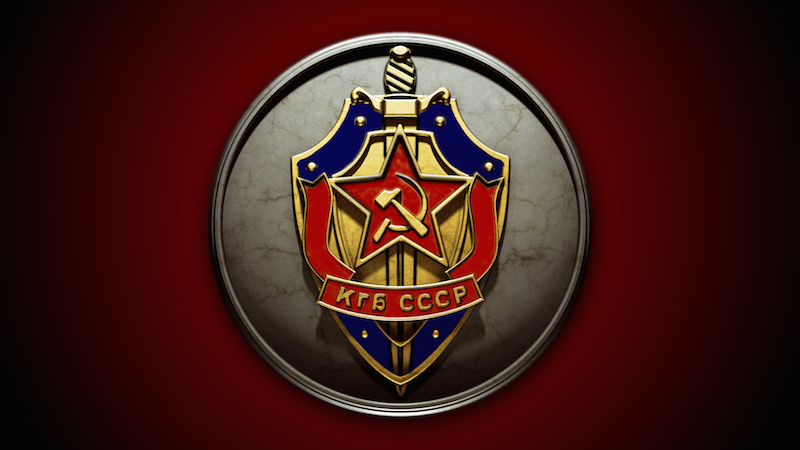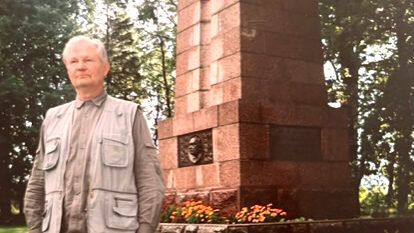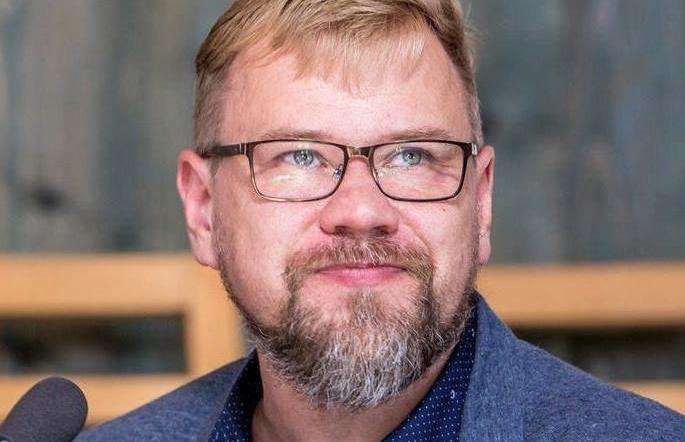Government institutions were offered for use to the Baltic lobbyists – meeting rooms, reception halls, permission to accompany government delegations to international forums, access to the media (Toom did not obviously realize it was the media's decision to listen to the Balts, not the government's) etc.
To counter this, a similar program must be instituted, one that targets the hearts and minds of people. The KGB's effort at the time was to target individual organizations for infilitration and access to information. Toom claimed that their most important enemies were central organizations: Estonian Central Council in Canada, Swedish Estonian Representation, Estonian World Council, etc. For Toom, motivation for individuals who were members of these groups to hold an anti-Soviet position was not the membership in itself, People were motivated because of their ties to Western clandestine services.
For the Swedish political scene Toom also named specific individuals who had caught the attention of the KGB: Ants Kippar, head of the group supporting incarcerated Estonian freedom fighters ansd their families; journalist Ülo Ignats, head of “solidarity of central and east European communities; author Andres Küng and his anti-Soviet publishing activities; Alex Miilits, broadcasting in Estonian to Soviet-occupied Estonia; and others.
Toom was convinced that the progress of “openess” and Peretsrioka in the Soviet Union was one of the causes of Estonians communities in the West deteriorating. The “ideological separation” between the activists and “ordinary Eastonians” was widening Toom claimed. Thus many had begun to adjust their orientation towards the leadership in Soviet Estonia and had mellowed in their opinions. The relationships previously formed with individuals had not caught up with the new possibilities of interacting with organizations and groups. Toom made proposals for change in nine different sectors.
ESTOs. Up to then ESTOs had been viewed by the KGB as gahterings for reactioanry, anti-Soviet, nationalists. An analysis of public functions at the last ESTO (probably EST0'84 in Toronto.ed.) could be named as a cultural festival of an ethnic minority. Tens of thousands (sic) of Estonians traveled to their cultural festival, to manifest their Estonian nationality and often just to meet with friends.
That the Congess of Estonian organizastions was also convened during ESTO was proof that at any other time coming together was not possible, according to Toom. During the opening ceremonies, the orators proclaimed the continuing struggle for the liberation of Estonia. The dominance of the Estonian flag was part of the ritual of ESTOs but ‘not its reality'. Only the reactionary leadership of the Estonians organizations tried to convince the West that ESTOs were authentic political manifestations. Toom observed that the Soviet Estonian opinion of ESTOs helped in this.
(One recalls that during the opening performances of ESTO'84, a Soviet news agency TASS report quoted Chairman of the Presidium of the Estonian Supreme Soviet Arnold Rüütel labeling ESTO'84 as nothing more that a CIA sponsored gathering. The sensational report was read to the audience. Without that accusation which was quickly passed on to the Canadian media ESTO'84 would not have attracted as much attention of the news media as it did. For years it was sarcastically observed that Rüütel actually did ESTO'84 a great service.)
Toom asked whether it wasn't time to reconsider ESTOs not as an anti-Soviet activity but to exploit the situation by promoting the cultural achievements of Soviet Estonia, encourage the ‘non-political' Estonians to distance themselves from the reactionaires and bring them to a friendly relationship with Soviet Estonia. (Toom failed to say with whose permission he was to join the ESTO organization.)
Laas Leivat




